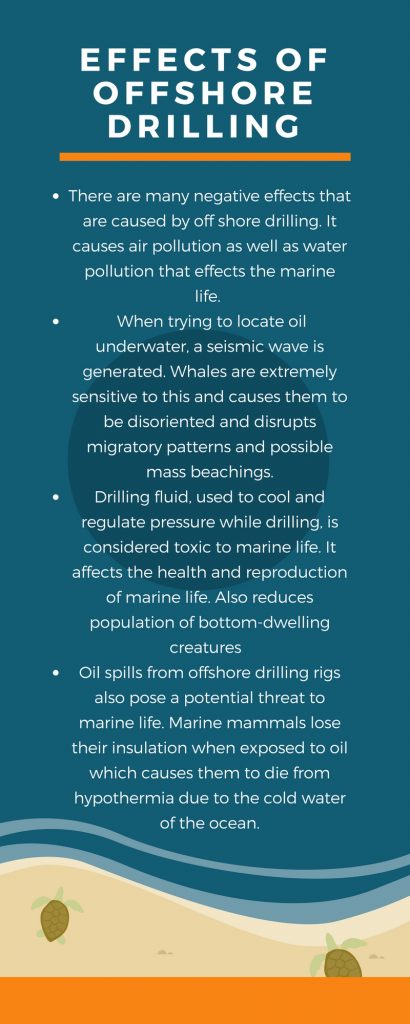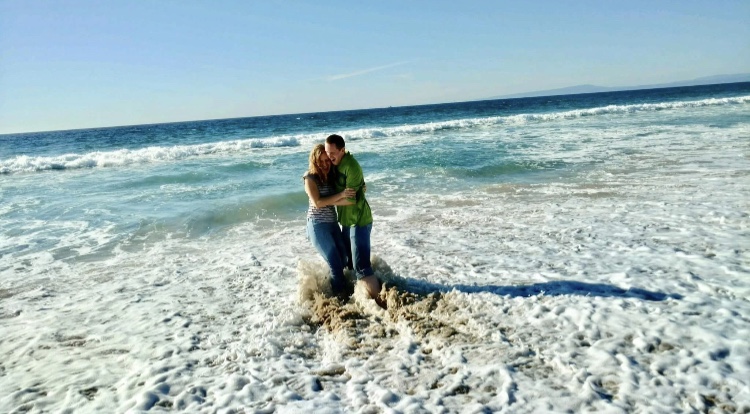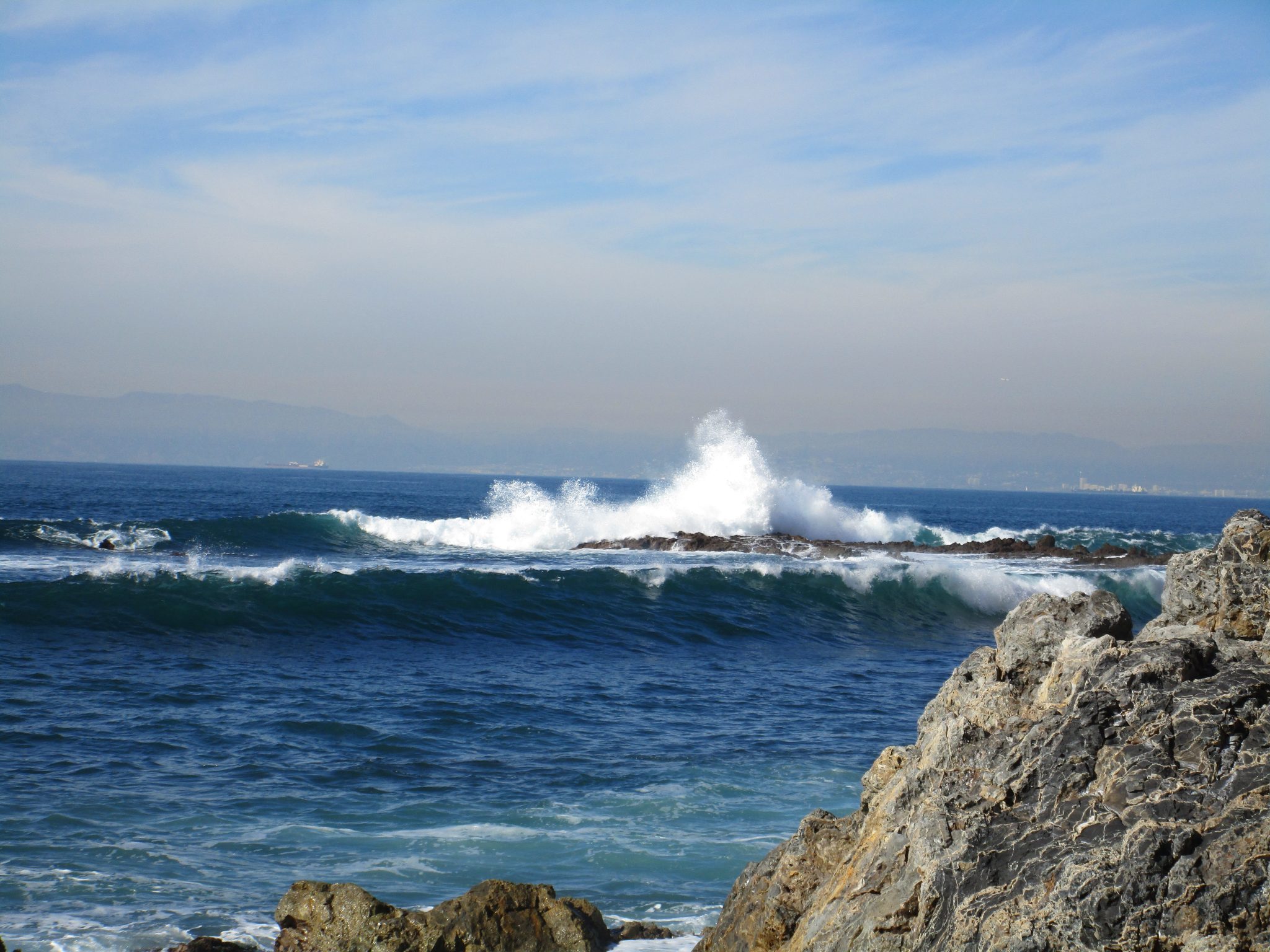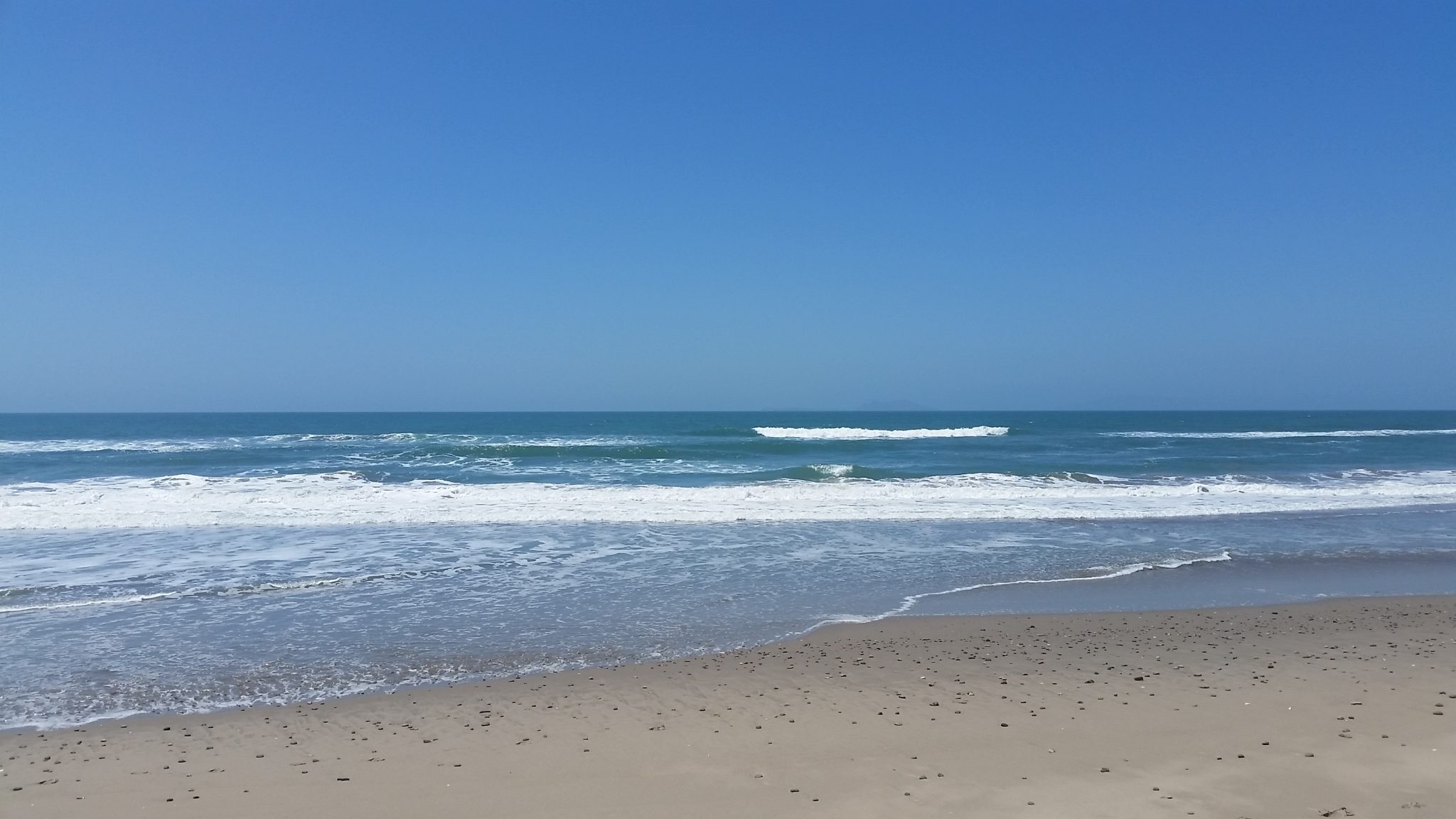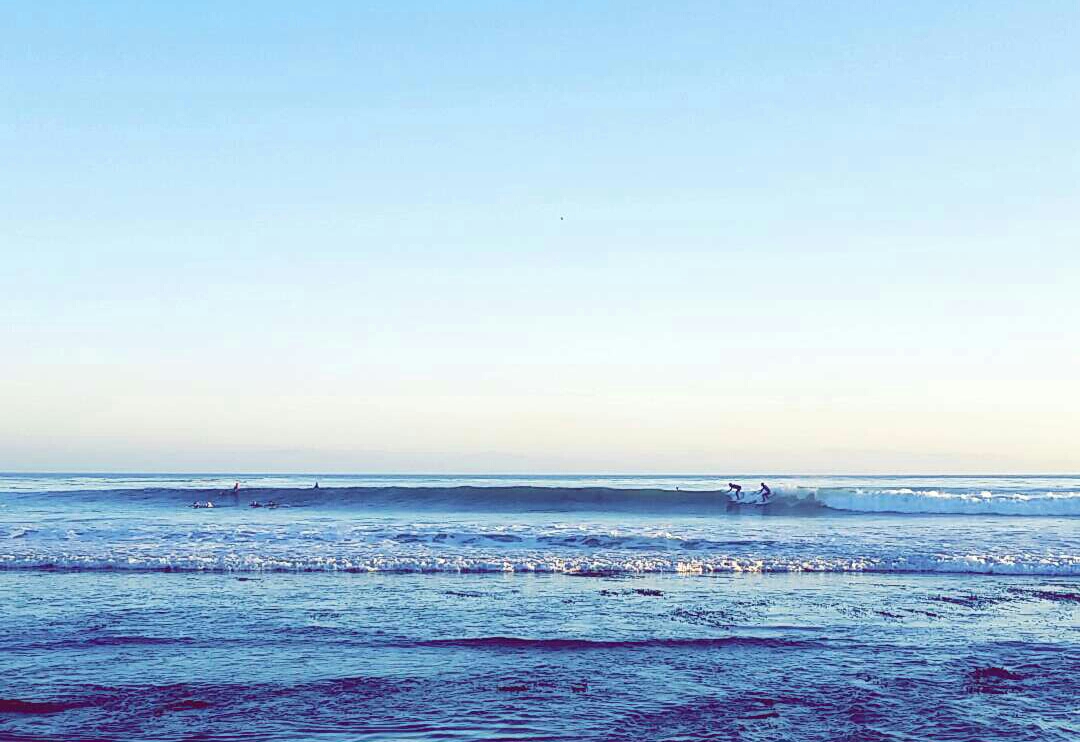The Destruction of California Beaches
The following factors contribute to the degradation of our coastal communities:
- Coastal Development
- Sea Level Rise as a result of Climate Change
- Pollution
- Oil Spills
California Coastal Development
With the expansion of development on our coast, the problems begin in the construction of new structures. The addition of structures such as dams, or others that block the flow of water, cause sand deposits to halt, thus, decreasing sand levels that flow onto the beaches. This, in time, causes erosion and a large reduction of sand deposits to our beaches. It is a fact that we love the beach for its’ recreation, tranquility, and visual appeal, but development on our coasts through commercial, residential, and preventative measures, as beautiful as they may be, is speeding up our beach’s disappearance. As the development of barriers increases, it only decreases the amount of time we have to enjoy our beautiful coasts.
Shoreline Armoring
In California, shorelines are eroding due to natural hazards such as storms, high tides, and rising sea levels. As a result of this, coastal land erosion has become a huge concern among the coastal living communities because of the large populations of structures that are present in the coastal area. There are around 350,000 structures located within just 500 feet from the shoreline which face the danger of being lost to erosion over time (Erosion Control Network). To combat this problem, shoreline armoring structures such as seawalls, ripraps, and bulkheads have been constructed. Shoreline armoring acts as a defense mechanism against coastal erosion. All types perform in different ways to protect the shoreline. However, when it comes to using barriers to combat erosion, other issues are created that yield harmful impacts but are most often ignored. Although these shoreline barriers are meant to protect and preserve the shoreline from erosion, they are also damaging the ecosystem and altering the transport of sand in return.
- Found at the base of a bluff or cliff
- Often used as a tool to protect coastal structures that are threatened by shoreline erosion (houses & commercial buildings)
- Not reliable
- Typically made from rocks such as granite, limestone, or sometimes concrete
- Trap exposed soil with a rock barricade, slowing down the rate of erosion
- Alters natural processes of the shoreline
Bulkheads
- Helps to retain soil and protect the land from strong storms
- Establish and maintain elevated grades along shorelines in relatively sheltered areas
- Materials vary but can be concrete, steel, timber, etc.
- Can be built up to 40 feet tall and stand horizontally
Sea Level Rise in California
Sea level rise is a phenomenon occurring worldwide as what might be the most immediately noticeable feature of global climate change. In California, this rise has already begun contributing to problems like tidal flooding and accelerating coastline erosion, which are only expected to continue increasing for the foreseeable future. Using reliable trend data, scientists can make useful and accurate projection models that inform the public on the active causes of global and local sea level rise as well as the impact of a constantly changing sea level. At this point in Earth’s history, the planet is experiencing an accelerated change in climate largely attributed to human activity. Most of the literature point to Anthropogenic (man-made) carbon dioxide emissions into the atmosphere as being responsible for more heat retention of the atmosphere and planet and greenhouse warming driving climate change
The California Ocean Protection Council (OPC) report that the science of sea level monitoring and projection have and continue to advance rapidly. The findings of this monitoring suggest that while perhaps not immediately noticeable, California is already being impacted by sea level rise. For California, worst-case scenarios include California sea level rise of over 10 feet within this century alone.
As things are, California has already lost a significant portion of its coastal wetlands. Remaining wetlands are important ecological features home to a huge amount of California animals and plants. As mean sea level increases, the remaining wetlands will submerge and potentially be lost permanently. In addition to ecological features, the OPC conclude that sea level rise will be costly to California. Among at risk infrastructure are waste-water treatment plants, power plants, major airports, hundreds of miles of roads and railways, major ports and harbors, and innumerable homes and businesses. These infrastructures are the basis of California’s ocean tourism industry, an estimated annual revenue of $44 billion per year.
Marine Debris
Marine debris is classified as any man-made material that enters the water, which includes oceans, lakes, and rivers. Most marine debris will float on the surface of the water, however, there are some objects that will sink to the bottom of a waterway and stay there. Marine debris is a problem in our ocean because like the veins in our body, all the oceans are connected by currents. This means that every country in the world is responsible for keeping our ocean clean.
So what can we do to stop marine debris and beach pollution? One idea is to reduce the number of materials we use. If we reduce the amount of products we consume, we will end up polluting less in the long run. If we cannot find a way to reduce the amount of materials we use, we can buy products that are reusable. Our society has a cradle to grave ideology, meaning that everything we have is designed to have one purpose. We should have a cradle to cradle mindset, products that have multiple purposes.
Another way to help with the marine debris is to clean up the beach. California is one of the leaders in this department and has several organizations throughout the state that try to clean up debris. One of the organizations, California Coastal Commission, sets up a days in which people can volunteer to clean up the beach. On September 15, 2018, the commission will be having their Coastal Cleanup Day.
